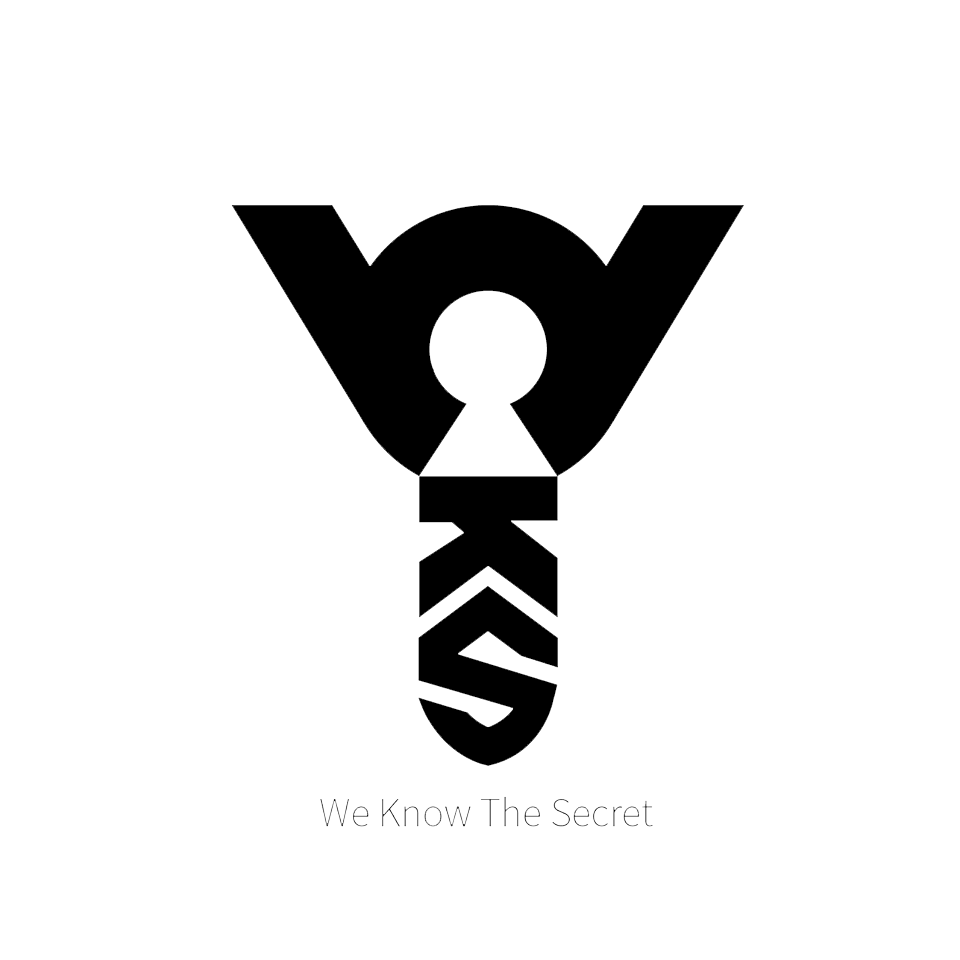
Our musical history and cultural legacy both heavily rely on traditional musical instruments. These instruments have centuries-old roots, and even with the development of new technology and musical instruments, they continue to have a unique role in contemporary society. The survival of traditional musical instruments and their applicability in the contemporary day will be covered in this article.
- Preserving Heritage and Cultural Identity
- A Unique Sound and Musicality
- Cultural Exchange and Fusion
- Therapeutic and Healing Benefits

Conventional musical instruments are regarded as one of the main tools for maintaining cultural identity and legacy. They serve as potent representations of the traditions, practices, and creative expression of a community. We pay tribute to our forefathers and uphold their legacy by maintaining and performing on these instruments. By enabling us to transmit our cultural legacy to upcoming generations, traditional instruments help us stay connected to our origins.
One example is the djembe, a West African drum. It holds significant cultural and historical value for the people of West Africa, and its rhythm and melodies capture the essence of their traditions. By learning to play the djembe, individuals can immerse themselves in the rich cultural heritage of the region.

Compared to modern instruments, traditional instruments have a distinct tone and melodic quality. When performed simultaneously, the unique tones, timbres, and ranges of each instrument create a fascinating tapestry of sounds. These instruments are frequently constructed by talented craftspeople utilizing age-old methods and supplies. Their outstanding quality and sound are a result of their craftsmanship and meticulous attention to detail.
For example, the sitar is a traditional Indian stringed instrument known for its mesmerizing sound and intricate melodies. Its resonating strings and distinctive buzzing sound create a magical atmosphere that evokes emotions and transports listeners to a different time and place. The sitar’s complex tuning system and virtuosic playing techniques make it a captivating instrument that continues to captivate audiences worldwide.

Throughout history, traditional instruments have been integral to the fusion and exchange of cultures. Musical instruments and genres were exchanged and cross-pollinated as civilizations interacted and traded. New musical genres and the blending of many musical traditions were the results of this interchange.
For instance, the guitar, originally an instrument from ancient Persia, traveled across continents and became an integral part of various musical traditions worldwide. It influenced the development of genres such as blues, rock, and flamenco, showcasing the adaptability and versatility of traditional instruments in adapting to different musical contexts.
Traditional musical instruments have therapeutic and healing benefits that contribute to their relevance in the modern world. Music has long been used as a form of therapy, providing emotional release, stress reduction, and promoting overall well-being. Traditional instruments, with their unique tones and vibrations, can have a profound impact on our mental and physical health.
For example, the didgeridoo, an Aboriginal Australian wind instrument, is known for its deep, resonant sound. Playing the didgeridoo involves circular breathing, which has been found to have respiratory benefits and promote relaxation. Its low-frequency vibrations can also have a calming effect, making it a popular instrument in sound therapy and meditation practices.



[…] Traditional Instruments: The Heartbeat of Ancient Music. […]